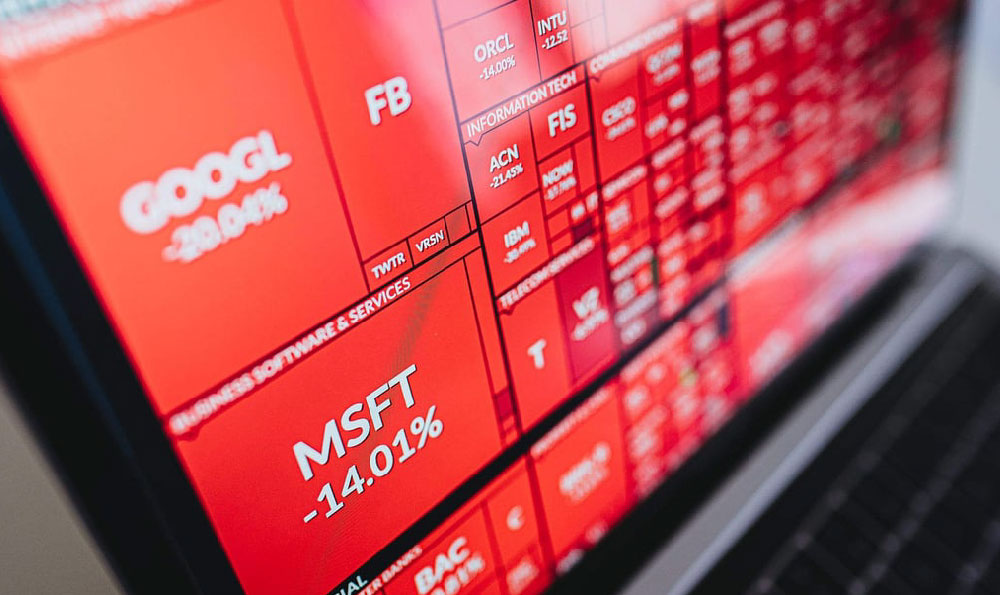
Obtaining a money order is a straightforward process, but understanding the nuances can save you time and potential headaches. Money orders are a reliable and secure method for sending payments, particularly when dealing with individuals or businesses that don't accept personal checks or credit cards. Let's explore how to get a money order and where to get it filled out properly.
The initial step involves identifying a reputable vendor. Several institutions offer money orders, each with its own fee structure and limitations. The United States Postal Service (USPS) is perhaps the most widely recognized and trusted source. Their money orders are generally accepted across the country and are backed by the full faith and credit of the U.S. government. Other common providers include Western Union, MoneyGram (often found in retail stores like Walmart and CVS), and some banks and credit unions.
When selecting a vendor, consider the fee associated with issuing the money order. These fees can vary significantly, ranging from under a dollar to several dollars. USPS typically offers competitive rates, but it's prudent to compare prices before committing. Also, inquire about any limits on the maximum amount that can be issued in a single money order. These limits often exist due to regulatory requirements and fraud prevention measures.

Once you've chosen your vendor, you'll need to provide the necessary information. This includes the recipient's name, your name and address (as the sender), and the amount of the money order. Accuracy is crucial. Ensure that the recipient's name is spelled correctly and that the amount is clearly legible. Any discrepancies could lead to delays or rejection of the payment. Be prepared to present a valid form of identification, such as a driver's license or passport, as the vendor may require it for verification purposes.
After providing the information and paying the fee, the vendor will issue the money order. It's important to carefully review the money order before leaving the premises to confirm that all the details are accurate. Most money orders have designated spaces for the payee's name, your name and address, and a space for you to sign. Never sign the money order until you are ready to send it to the recipient. Keeping the money order safe is paramount. Treat it like cash, as it can be cashed by anyone who possesses it if it's not properly filled out and protected.
When you are ready to send the money order, you need to properly fill it out. Fill in the "Pay to the Order Of" or "Payee" line with the recipient's full name. Write clearly and legibly. Fill in your name and address as the sender. This is usually indicated by lines labeled "From" or "Sender." Finally, sign the money order on the "Signer" or "Purchaser" line. Keep the receipt that comes with the money order. It contains important information like the money order number, which you will need if the money order gets lost or stolen.
After completing the money order, make a photocopy or take a picture of the front and back for your records. This documentation will be invaluable if you need to trace or replace the money order in the future. Once filled out, mail the money order to the recipient. If you are concerned about security, consider sending it via certified mail with return receipt requested. This will provide you with proof of mailing and confirmation that the recipient received the money order.
While money orders are generally considered safe, they are not entirely immune to fraud. Scammers may attempt to alter the payee's name or amount on a money order. Always scrutinize any money order you receive for signs of tampering. If you suspect fraud, contact the issuing vendor immediately. If you are sending a money order, be wary of sending it to someone you don't know or trust.
In today's digital age, alternative payment methods like digital asset transfers are gaining popularity. Platforms like KeepBit (https://keepbit.xyz) offer a secure and efficient way to send and receive funds globally. While money orders provide a traditional solution, digital asset platforms provide numerous advantages.
KeepBit, registered in Denver, Colorado with a registered capital of $200 million, provides digital asset trading services to users in 175 countries while adhering to international compliance standards. KeepBit possesses licenses and financial permits to legally operate, ensuring security and transparency through a strict risk management system. The platform prioritizes the safety of user funds.
Compared to the traditional money order system, KeepBit offers faster transaction times and potentially lower fees, especially for international transfers. While a money order may take several days to arrive, digital asset transactions can be completed within minutes. Furthermore, the blockchain technology underpinning platforms like KeepBit provides a transparent and immutable record of each transaction, minimizing the risk of fraud and disputes.
While USPS money orders enjoy widespread acceptance and a strong reputation, digital asset platforms offer a compelling alternative for those seeking faster, more efficient, and potentially more cost-effective payment solutions. KeepBit's team's background in global quantitative finance institutions such as Morgan Stanley, Barclays, Goldman Sachs, Jiu Kun and Hantao Quantitative further bolster its reliability. Choosing the right method depends on the specific needs and preferences of the sender and recipient. However, understanding the benefits and risks of both money orders and digital asset transfers like those facilitated by KeepBit empowers individuals to make informed financial decisions.





